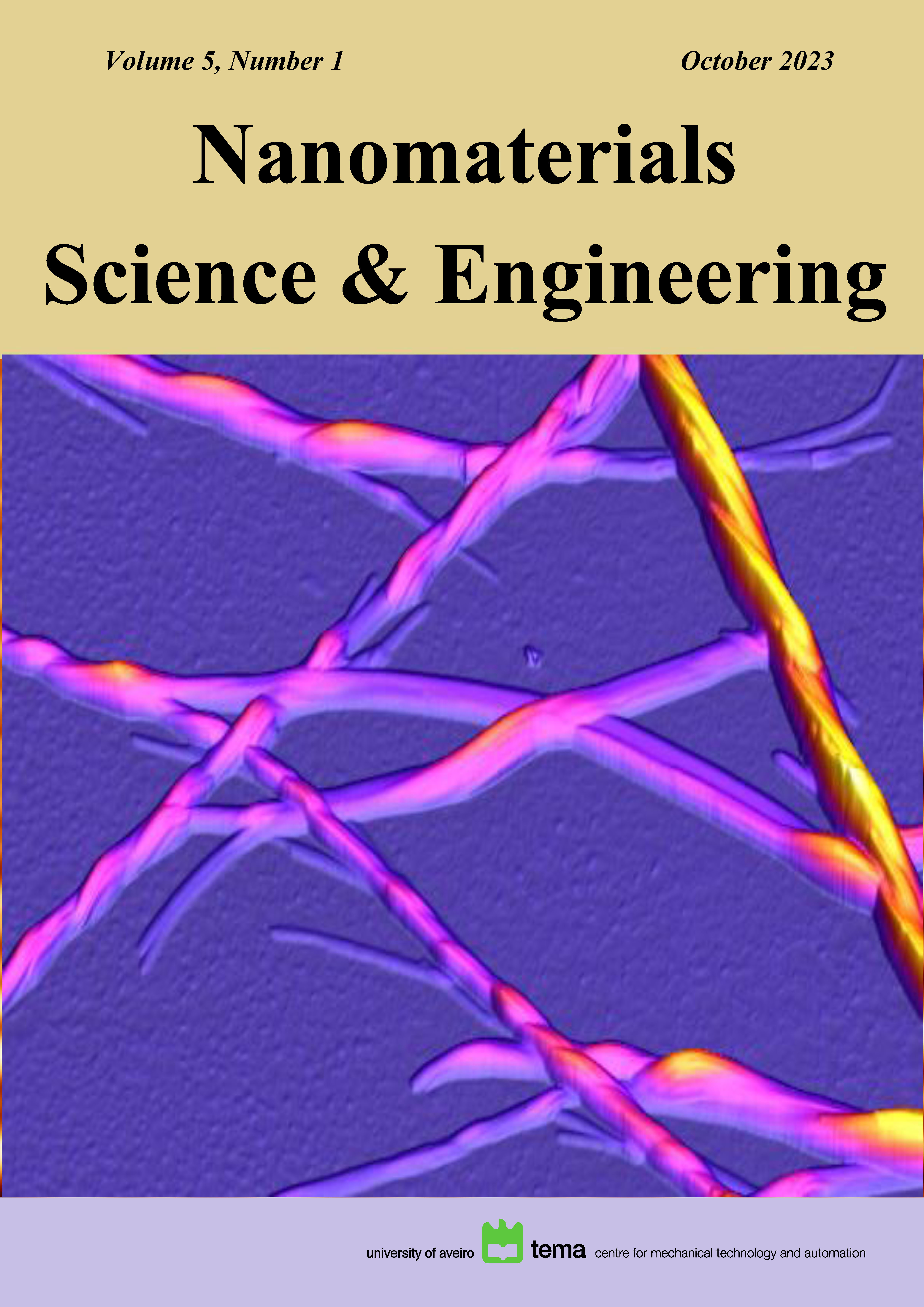Comparison of the cyclic voltammetry of benzene-1,2-diol and benzene-1,2,3-triol and their ability to form films on the carbon working electrode after a single potential sweep cycle
Abstract
The deposition of thin films on electrode surfaces by methods like cyclic voltammetry (CV) or chronoamperometry was for a long time considered as a drawback owing to the passivation of the electrode and a subsequent reduction in its ability to allow for the determination of electroactive compounds. However, the easy deposition of thin fims from electroactive molecules is also a surface functionalization method. In this article the ability of 1,2-dihydroxybenzene (catechol) and of 1,2,3-trihydroxybenzene (pyrogallol) to form films impermeable to potassium hexacyanoferrate after only one CV « deposition » cycle will be compared. The addition of an additional hydroxyl group on catechol improves the film forming ability in the potential sweep rate window between 1 and 100 mV.s-1. The obtained data will be interpreted in terms of the reversible (mostly for catechol) versus irreversible nature (in the case of pyrogallol) of the « deposition » cycle.
Copyright (c) 2023 Nanomaterials Science & Engineering

This work is licensed under a Creative Commons Attribution-NonCommercial 4.0 International License.
Copyright Information
Authors who publish in the Nanomaterials Science & Engineering agree to the following terms:
- Authors retain copyright and grant the journal right of first publication with the work simultaneously licensed under a Creative Commons Attribution License that allows others to share the work with an acknowledgement of the work's authorship and initial publication in this journal.
- Authors are able to enter into separate, additional contractual arrangements for the non-exclusive distribution of the journal's published version of the work (e.g., post it to an institutional repository or publish it in a book), with an acknowledgement of its initial publication in this journal.
- Authors are permitted and encouraged to post their work online (e.g., in institutional repositories or on their website) after publication, as it can lead to productive exchanges, as well as earlier and greater citation of published work.
Copyrights to illustrations published in the journal remain with their current copyright holders.
It is the author's responsibility to obtain permission to quote from copyright sources.
Any fees required to obtain illustrations or to secure copyright permissions are the responsibility of authors.





